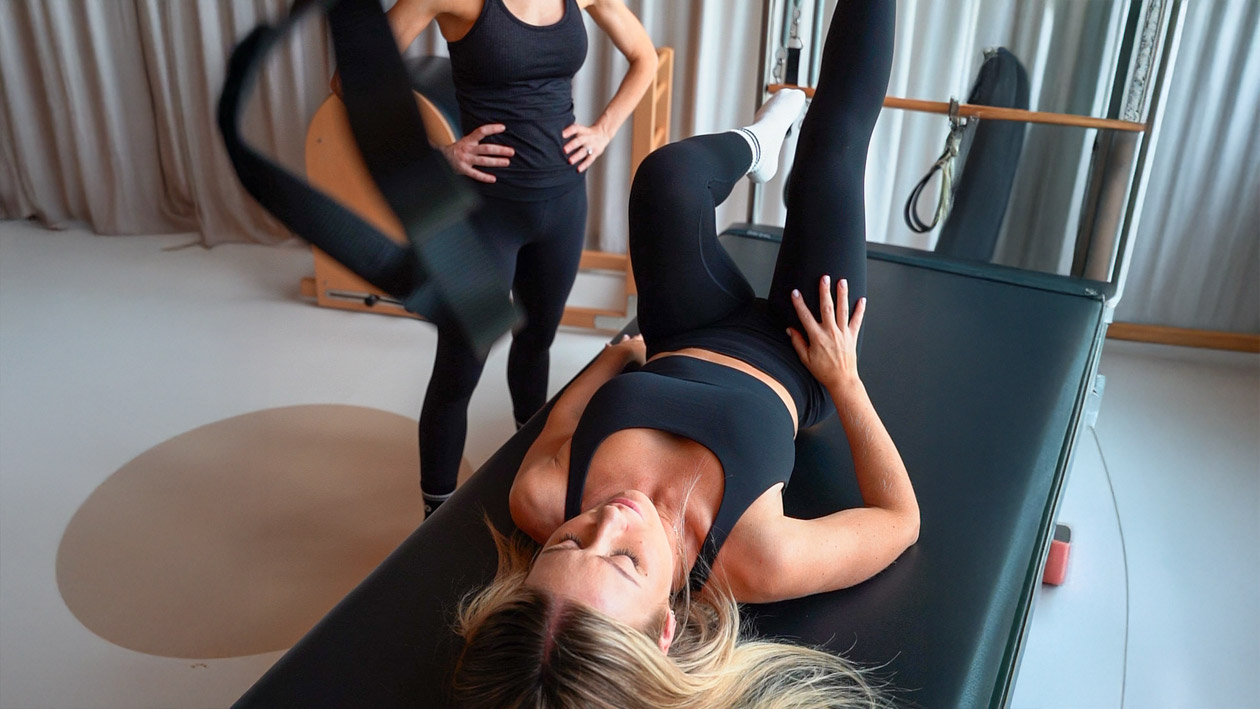
If you’ve been wondering about giving Pilates a go but aren’t sure if it’s too challenging, you’ve come to the right place! The question of how difficult Pilates is doesn’t have a simple yes or no answer. Let me break it down for you in a way that makes sense.
The Reality of Pilates Difficulty
Pilates can be both incredibly challenging and surprisingly accessible. The beauty of it is that it meets you where you’re at. Whether you’re a complete beginner or a seasoned fitness enthusiast, there’s a Pilates class that’s right for you.
What makes Pilates unique is that it’s not about how many reps you can do or how much weight you can lift. Instead, it focuses on the quality and precision of your movements. It’s about engaging the right muscles and performing exercises with proper form.
What Makes Pilates Challenging?
Several factors contribute to the difficulty level of Pilates:
The Mind-Body Connection
Unlike smashing out a session on the treadmill where you can zone out, Pilates demands your full attention. You need to concentrate on your breathing, engage specific muscles, and maintain proper alignment all at once. This mental focus can be exhausting, especially when you’re just starting out.
Core Engagement
Your core gets absolutely no rest in Pilates. Even when you’re working your arms or legs, your core muscles are constantly engaged. This continuous activation is what makes Pilates so effective but also quite challenging.
Precision and Control
In Pilates, it’s not about how many exercises you can do, but how well you can do them. Each movement requires precision and control, which can be more demanding than simply powering through repetitions.
Pilates for Different Fitness Levels
One of the most brilliant aspects of Pilates is that it can be tailored to suit your fitness level.
For Beginners
If you’re new to Pilates, you’ll start with foundational exercises that support your body while you learn the basics. These classes focus on teaching you proper form and helping you understand the core principles.
Don’t be surprised if your body shakes during your first few classes – that’s completely normal and actually a good sign that you’re engaging the right muscles. I remember my first Reformer class in Sydney – my legs were trembling like I was standing on a wobble board in the middle of a cyclone, but the instructor assured me this was perfectly normal!
For Intermediate Practitioners
As you progress, you’ll move on to more complex exercises that challenge your stability and coordination. The choreography becomes more intricate, and you’ll work with different planes of movement.
For Advanced Practitioners
Advanced Pilates is no walk in the park. These classes incorporate exercises that require significant strength, flexibility, and body control. You might find yourself doing movements that involve multiple joints working simultaneously while maintaining perfect form.
Reformer vs Mat Pilates: Which is Harder?
There’s often confusion about whether Reformer or Mat Pilates is more challenging.
Mat Pilates
Mat Pilates can actually be more difficult for beginners because you’re using your body weight as resistance without the support of equipment. You’re working directly against gravity with nothing but your own strength.
Reformer Pilates
The Reformer machine, with its sliding carriage, springs, and pulleys, can provide both assistance and resistance. According to research, Reformer sessions typically have a higher energy expenditure (2.59 kcal/min) compared to Mat Pilates (1.93 kcal/min) [1]. You can read more about What is Reformer Pilates? here.
How Pilates Compares to Other Workouts
If you’re wondering how Pilates stacks up against other forms of exercise:
Pilates vs Gym Workouts
The main difference is that Pilates focuses on your stability system and movement mechanics, while gym workouts typically target global muscles for strength and power. Pilates is low-impact and emphasises quality of movement over quantity or weight.
While both practices improve mind-body connection, Pilates is more focused on strengthening – especially through the core – while yoga emphasises flexibility. Pilates tends to be more dynamic with flowing movements, whereas yoga often involves holding poses.
The Benefits That Make It Worth the Challenge
Despite its challenges, Pilates offers incredible health benefits that make the effort worthwhile:
- Improved balance and body awareness
- Increased mobility and flexibility
- Reduced stress and boosted mood
- Better posture
- Lower risk of injury
- Improved recovery from injuries
- Reduction in body fat
- Increased endurance
- Relief from lower back pain
My Personal Experience in the Australian Pilates Scene
Having taught Pilates in studios across Sydney, I’ve seen firsthand how transformative it can be for people of all ages and fitness levels. It’s always pleasing to see how Australia has embraced Pilates wholeheartedly.
What I love most about the Australian Pilates community is the down-to-earth approach. There’s none of that pretentious vibe you might find elsewhere – just genuine people wanting to feel better in their bodies.
So, is Pilates hard? Yes, it can be challenging, but in the most rewarding way possible. The difficulty level is entirely adaptable to your body and fitness level. What makes Pilates special is that it doesn’t get easier over time – you get stronger and more skilled, allowing you to take on more challenging variations.
Whether you’re recovering from an injury, looking to complement your existing fitness routine, or simply wanting to move better in your daily life, Pilates offers a sustainable approach to fitness that your body will thank you for.
Why not give it a go? Contact the friendly staff at SOHL Studio in Bella Vista today. Your future self might just be incredibly grateful that you did.
Sources:
